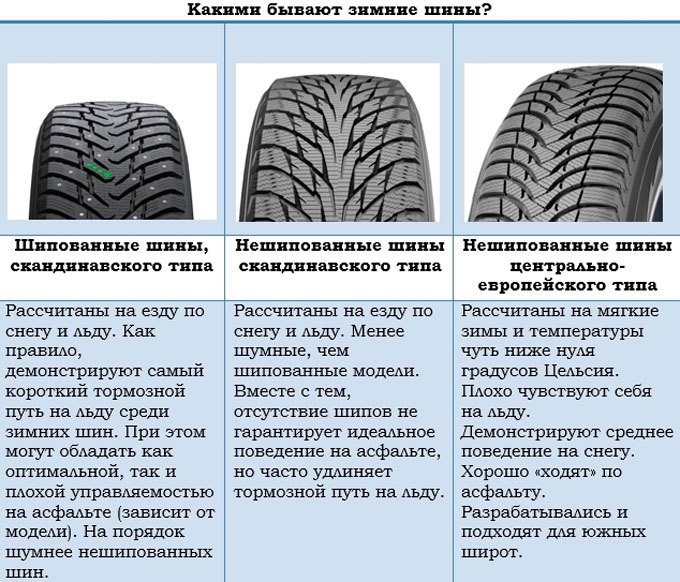
All about winter tires
Content
Your knuckles turn white when you grip the steering wheel—and not just because it's cold. A strong northerly wind polishes the roads to a deceptively dull sheen. You struggle to maintain control of your car as a strong north wind pushes you. You will need to slow down even more, but you do not dare to press the brake pedal. You don't want to block the brakes and slide.
If you drive in cold climates with ice and snow, which is a normal part of winter life, you will love this scenario. Even the most experienced driver often makes small driving mistakes that can result in costly accidents or worse, injury. In the last decade, winter tires, also referred to as winter tires, have become increasingly popular in states that experience long, snowy winters.
Winter tires have better grip on icy roads than all-season tires. They provide better traction when accelerating, but most importantly, they significantly reduce stopping distances when braking compared to their all-season and summer counterparts.
What makes winter tires special
Tire manufacturers have been offering different grades of rubber for a century. Tires are used in different ways depending on their composition, and winter tires are no different. Winter tires are made to stay softer than regular summer or all-season tires when the mercury drops. Their rubber compound contains more silica, which prevents the tire from hardening to the hardness of a hockey puck.
Winter tires are produced with a much higher number of sipes than all-season tires. Slots are small lines visible on each block of tread around the tire. When the sipes come into contact with the icy road surface, they open up and cling to the tire like hundreds of tiny fingers. The softness of the rubber allows you to open the sipes wider than all-season tires.
There are many winter tires from different manufacturers. Some brands have tire models that can be studded. The spikes can be inserted into small cavities in the tire's tread blocks and act as picks on an icy surface. The stud is made from an extremely hard tungsten carbide stud encased in a metal shell that protrudes just a millimeter from the tread. The stud bites into icy surfaces to enhance traction.
When to use winter tires
A typical all season tire starts to harden and lose effective grip at temperatures below 44 degrees Fahrenheit or 7 degrees Celsius. The tire goes from pliable to stiff and cannot grip the road surface well. Winter tires are soft and pliable in much colder temperatures, down to minus 40 degrees Fahrenheit and above. This means they will still provide traction on icy and dry surfaces where all-season tires would not perform well.
When should winter tires be removed?
Because winter tires are much softer than all-season or summer tires, they wear out much faster in warm driving conditions. When the thermometer constantly reads 44 F, it's time to switch your tires to all-season tires. Even after driving a few thousand miles in warm spring or summer weather, you can literally wear your winter tires to a level that will be ineffective in the next cold season.
Are winter tires safer?
Your safety and the safety of your passengers do not depend on your car. It's up to you as the driver. Winter tires greatly improve traction, but they cannot eliminate all of the dangers of winter driving. As with warm weather, driving appropriately for the road conditions is the only way to reduce the risk. If you must drive in inclement weather, slow down and watch for other drivers around you. If you have made the smart decision to fit your car with winter tires, be sure to leave room for vehicles around you that may not have winter tires installed.
